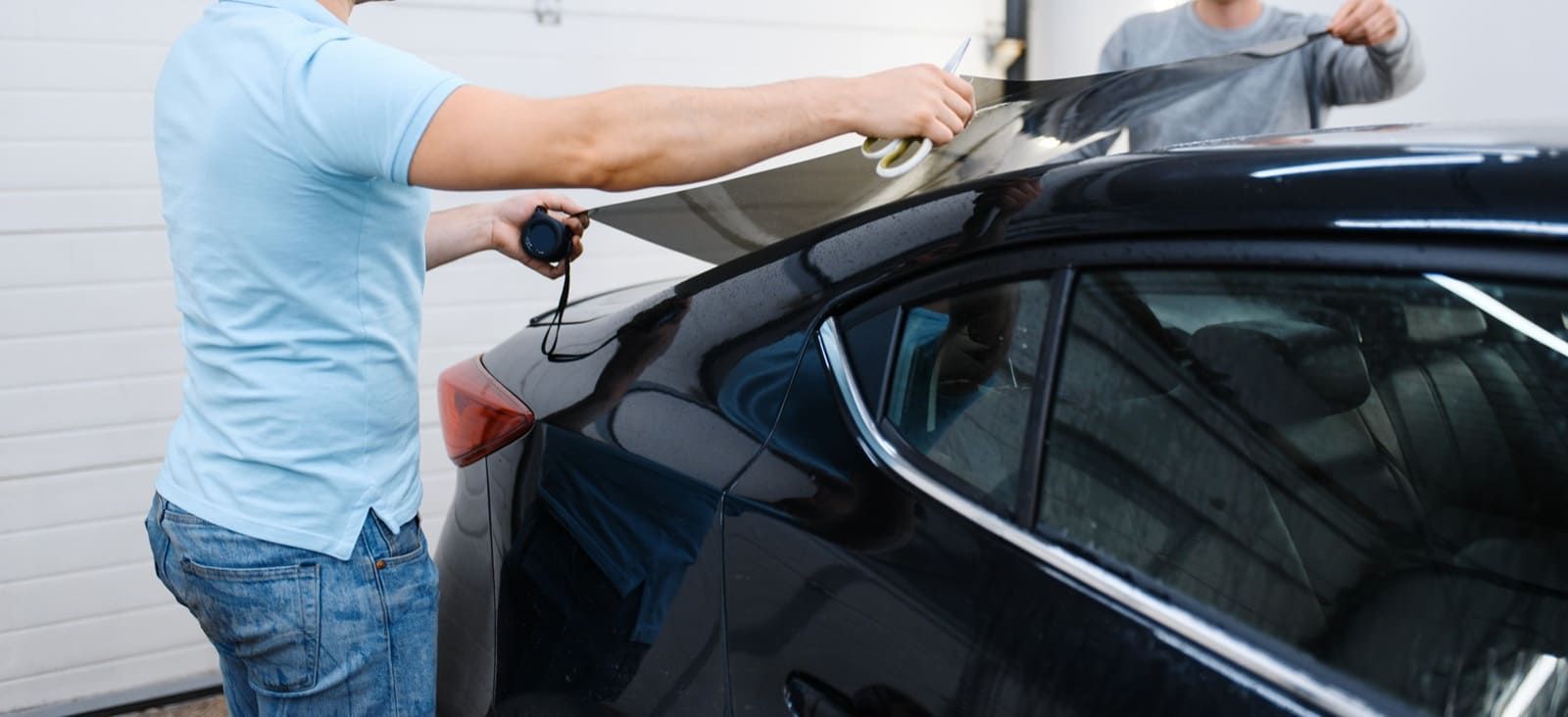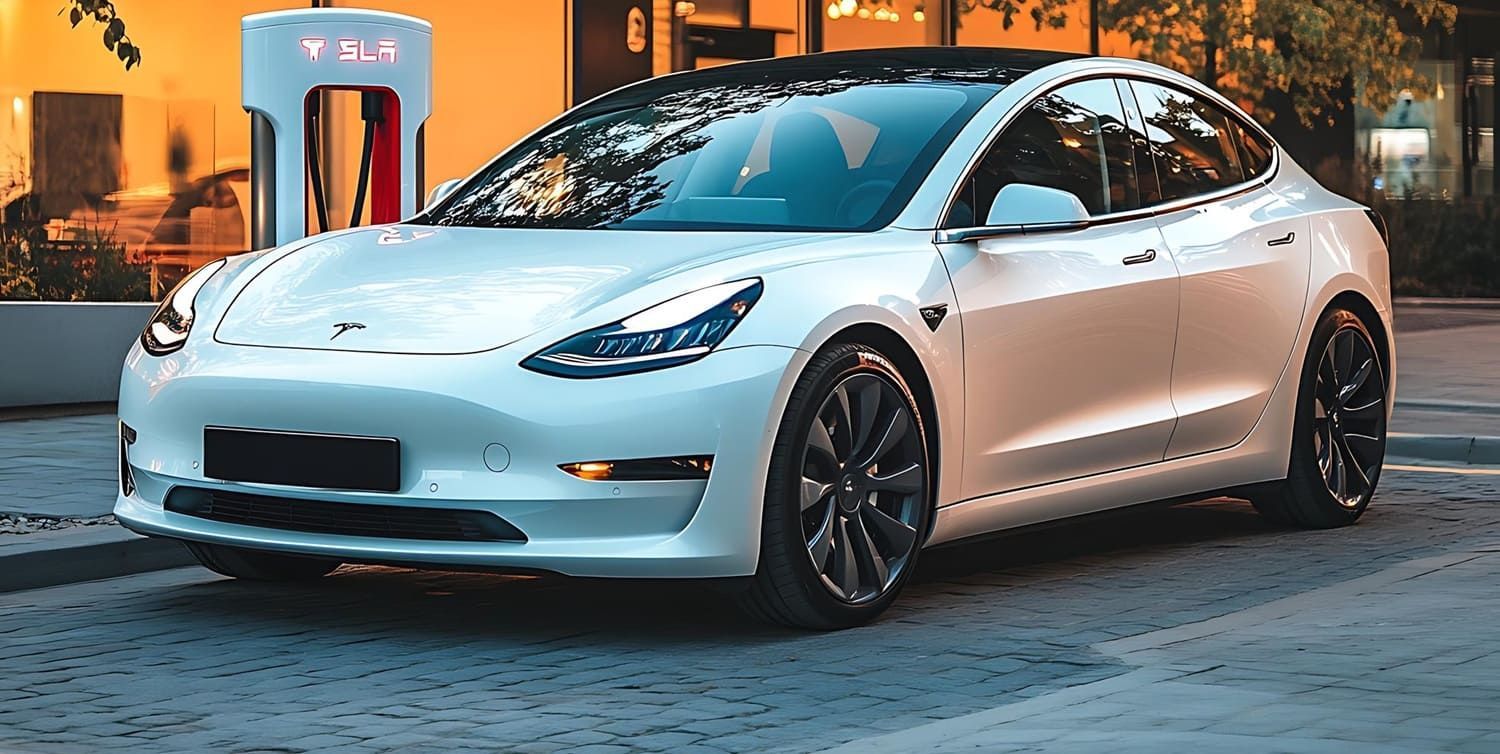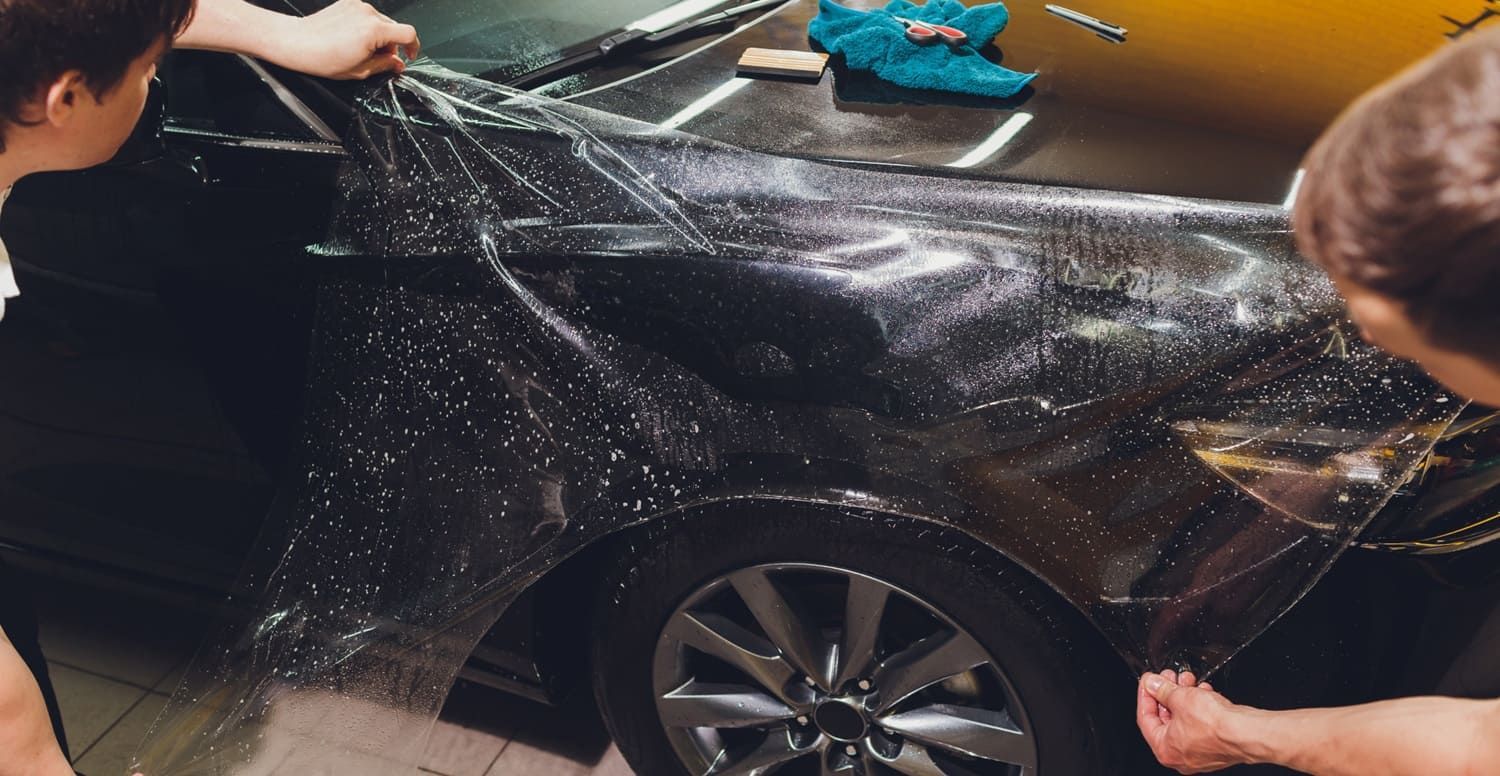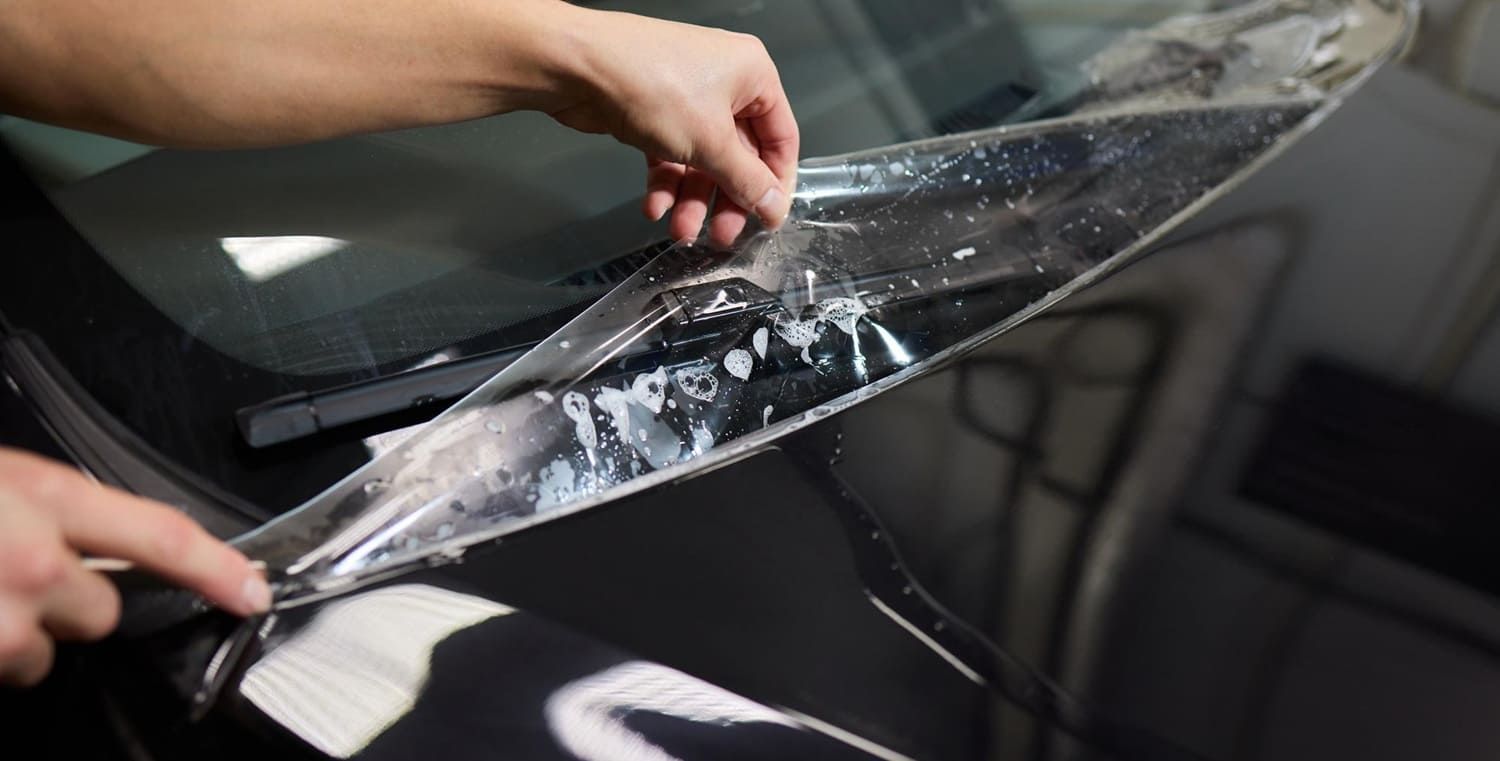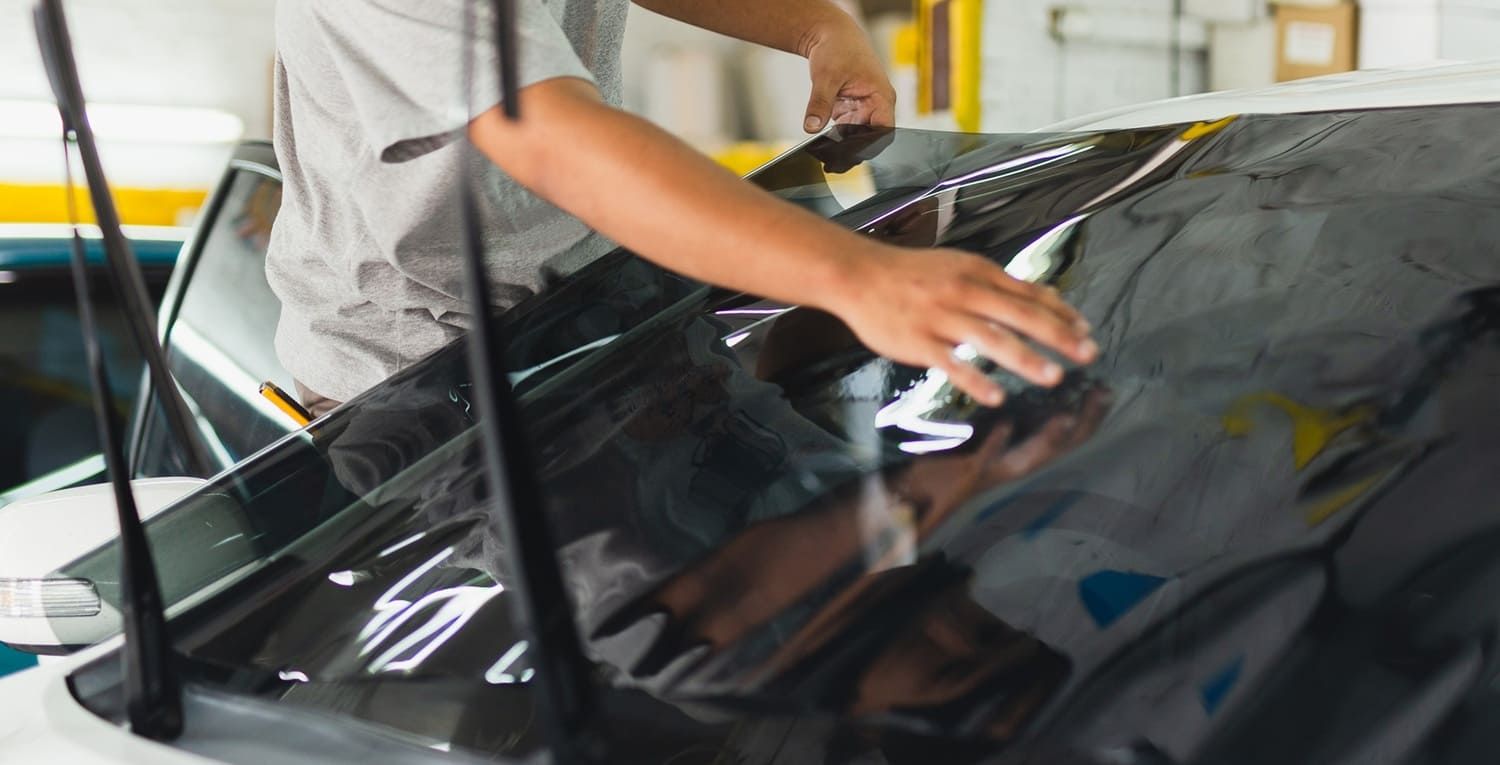Is Car Window Tinting Legal in My State?
Car window tinting is a popular choice for many vehicle owners. Whether for privacy, UV protection, or just to enhance the look of your vehicle, tinted windows can be beneficial. These benefits often include a cooler interior, reduced glare from the sun, and a sleek, modern aesthetic. However, it's crucial to understand the legalities surrounding window tinting in your state. This guide will help you navigate the car window tinting laws across the United States, ensuring you remain compliant and avoid unnecessary fines. Understanding these laws will not only help you avoid legal trouble but also ensure that your vehicle is safe for you and other road users.
Car window tinting laws are state-specific and can vary significantly. These laws are in place to ensure safety on the roads. Tints that are too dark can hinder visibility, particularly at night, posing risks not only to the driver but also to other road users. Understanding these laws is critical because they impact how much light can pass through your windows, affecting both visibility and the ability of law enforcement to see inside the vehicle. Furthermore, compliance with these laws ensures that your vehicle passes safety inspections, which are mandatory in some states.
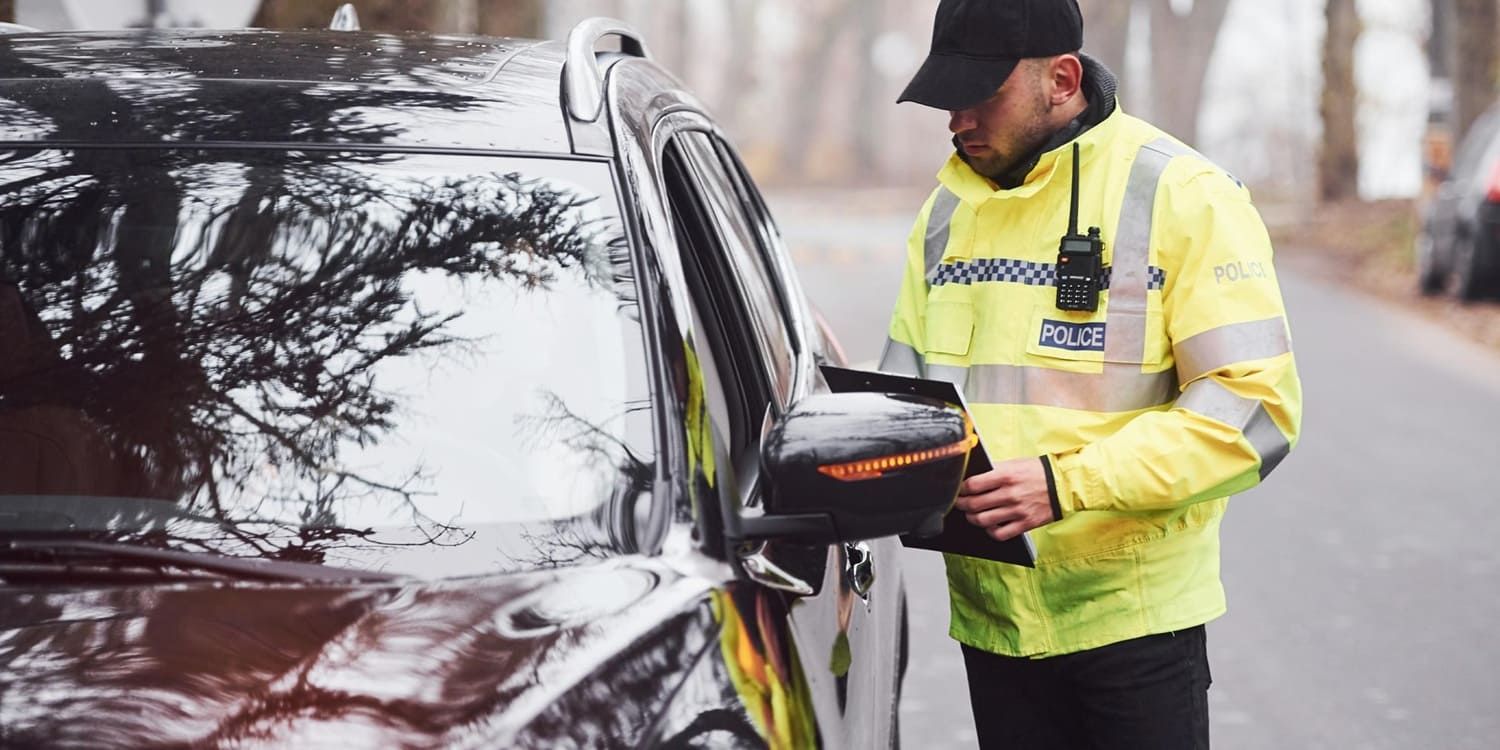
Why Are There Window Tint Laws?
The primary reason for window tint laws is safety. A tint that is too dark can reduce a driver's ability to see clearly, especially in low-light conditions. This impaired visibility can lead to accidents, endangering not just the driver but also other road users. Moreover, law enforcement officers need to be able to see inside vehicles for routine traffic stops to ensure their safety. This visibility can help officers assess situations more accurately and respond appropriately, which is crucial for maintaining public safety. Additionally, clear windows can also aid in accident investigations by allowing witnesses to see what occurred inside the vehicle at the time of an incident.
How Tint Darkness is Measured
Tint darkness is measured by the Visible Light Transmission (VLT) percentage. This percentage indicates how much light a tint film allows to pass through the windows. A lower VLT percentage means a darker tint. For instance, a 5% VLT allows only 5% of light to pass through, making it very dark. Understanding VLT is essential as it directly affects the legality of your tint in different states. Typically, a higher VLT percentage means more light passes through, which is generally safer and more compliant with legal standards. It's important to note that different windows on the same vehicle can have different legal VLT requirements, so it's crucial to understand the specific regulations for each window.
Car Window Tinting Laws by State
Each state has its own regulations regarding window tinting. Some states are more lenient, while others have stricter rules. It's important to research the specific requirements for your state to ensure compliance. These laws can affect not only how you tint your vehicle but also which types of tint materials are allowed. Here's a brief overview of some states' tinting laws:
Arizona Window Tinting Laws
Arizona allows for a VLT of 33% on the front side windows, but the back side and rear windows can have any darkness. The state also requires dual side mirrors if the rear window is tinted. Reflective tints are allowed but cannot exceed 35% reflectivity. This flexibility for rear window tinting allows drivers to enhance their vehicle's privacy and interior cooling while maintaining safety through the front windows. Arizona's laws reflect the state's hot climate, acknowledging the need for effective heat and UV ray reduction.
California Window Tinting Laws
In California, the front side windows must allow more than 70% of light in. The back side and rear windows can be tinted to any darkness. However, reflective tint is not permitted on any windows. California's strict front window regulations are designed to ensure high visibility in diverse driving conditions, from urban traffic to coastal fog. The prohibition on reflective tint helps reduce glare for other drivers and maintains the aesthetic harmony of vehicles on the road.
New York Window Tinting Laws
New York has stricter laws, requiring the front side windows to have a VLT of at least 70%. The back side and rear windows can be tinted but also must meet the 70% VLT requirement. Reflective tint is not allowed. New York's uniform VLT requirement across all windows is aimed at maximizing driver visibility and ensuring consistent enforcement of tint regulations. The absence of reflective tints ensures that drivers are not distracted by glare from other vehicles, particularly in urban environments.
Texas Window Tinting Laws
In Texas, front side windows must allow at least 25% of light in, while the back side and rear windows can have any darkness. Reflective tints are permitted as long as they do not exceed 25% reflectivity. The flexibility in rear window tinting reflects the state's climate challenges, where heat reduction is a major concern for drivers. The allowance for some reflectivity in the tint provides additional options for those looking to minimize glare while keeping within legal limits.
Florida Window Tinting Laws
Florida permits a VLT of 28% on the front side windows. The back side and rear windows can have a VLT as low as 15%. Reflective tint is allowed but must not exceed 25% reflectivity. Florida's laws take into account the intense sunshine and heat typical of the state, allowing for lower VLT percentages to help protect drivers and passengers from UV rays and excessive heat. Reflective tints are regulated to ensure that vehicles do not cause glare issues for others on the road.
How to Check Your State's Tinting Laws
To ensure you're compliant with your state's window tinting laws, you can:
- Visit your local Department of Motor Vehicles (DMV) website. They typically have the most up-to-date information on vehicle regulations. Additionally, the DMV can provide resources or contact information for further inquiries if needed.
- Consult with a professional tinting service in your area. They will be familiar with state laws and can advise you on the best options for your vehicle. Local tinting experts often have firsthand experience with the nuances of state regulations and can provide personalized advice.
- Check online resources that compile state tinting laws, but always verify with official sources as laws can change. Online forums and community groups can also provide insights and experiences from other drivers in your state.
The Consequences of Illegal Window Tinting
Driving with illegal window tint can lead to several penalties. These may include fines, mandatory removal of the tint, and even points on your driving record in some states. The cost of removing and replacing an illegal tint can be substantial, so it's wise to ensure compliance from the start. Beyond financial penalties, illegal tinting can also result in increased scrutiny from law enforcement, potentially leading to more frequent traffic stops. Moreover, if involved in an accident, non-compliant window tinting could impact your insurance claims or liability.
Benefits of Legal Window Tinting
While it's essential to comply with state laws, there are numerous benefits to legal window tinting:
- UV Protection: Tinted windows can block up to 99% of harmful UV rays, protecting your skin and the interior of your car. This protection can prevent fading and cracking of your vehicle's upholstery, helping maintain its value over time.
- Heat Reduction: Tints can significantly reduce the heat inside your vehicle, making it more comfortable, especially during hot summers. This reduction can lead to decreased reliance on air conditioning, which can improve fuel efficiency.
- Privacy and Security: Tinted windows offer increased privacy and can deter potential thieves by making it harder to see inside. This added security can provide peace of mind, especially when parking in unfamiliar or high-traffic areas.
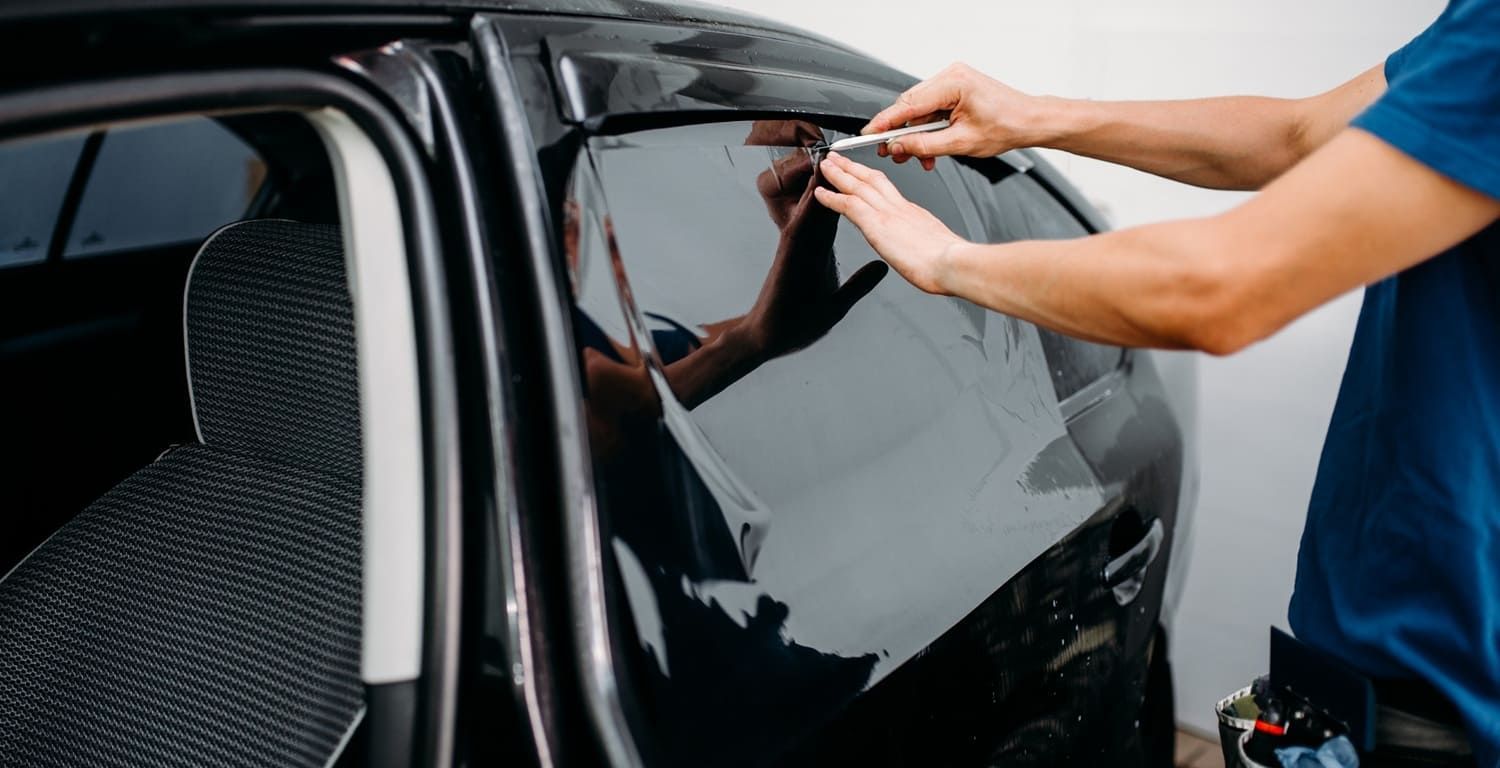
Choosing the Right Tint for Your Vehicle
When selecting a tint, consider factors such as your state's laws, the benefits you desire, and your personal style preference. It's also essential to choose a reputable installer who can provide quality materials and expert installation. A professional installation ensures that the tint is applied correctly without bubbles or peeling, which can affect both the appearance and functionality of the tint.
Types of Tint Films
- Dyed Film: This is the most economical option, providing a dark appearance without significant heat reduction. While it offers basic privacy, it may not be the best choice for those seeking maximum UV protection.
- Metalized Film: Contains tiny metallic particles that reflect heat and UV rays. This option can interfere with electronic signals, so it's important to consider how it might affect devices like GPS or cell phones.
- Carbon Film: Offers better UV protection without the metallic sheen. This option provides a matte finish, reducing glare and enhancing privacy without affecting electronic devices.
- Ceramic Film: The most advanced option, providing excellent heat and UV protection without interfering with electronic signals. Although it is typically more expensive, its performance benefits can justify the investment, particularly for those in extreme climates.
Conclusion
At Cool Dreams Window Tinting, your premier window tinting installers serving Sierra Vista, AZ, we know that car window tinting offers a range of benefits—from enhanced comfort and UV protection to improved privacy and style. However, it’s just as important to understand and comply with Arizona’s tinting laws to ensure you stay safe and avoid any legal issues.
By working with experienced professionals like Cool Dreams Window Tinting, you can be confident your tint meets all legal requirements while delivering the performance and protection you expect. We always recommend consulting official sources and trusted installers for the most accurate, up-to-date information.
Taking these steps allows you to enjoy the perks of professional window tinting while staying fully compliant. Contact Cool Dreams Window Tinting today for a free estimate, and let us help you create a more comfortable, stylish, and legally safe driving experience.
FAQs About Car Window Tint Laws in Arizona
Is car window tinting legal in Arizona?
Yes, car window tinting is legal in Arizona, but it must follow specific regulations for visible light transmission (VLT) and reflectivity.
What is the legal tint limit for front side windows in Arizona?
Front side windows must allow at least 33% of visible light to pass through.
How dark can the rear side windows be in Arizona?
Arizona law allows any darkness on rear side windows if the vehicle has dual side mirrors.
What is the legal tint limit for the rear windshield in Arizona?
You can use any tint darkness on the rear windshield, provided your vehicle is equipped with dual exterior side mirrors.
Is reflective or mirrored tint legal in Arizona?
Yes, but reflectivity must not exceed 35% on both front and rear windows.
Are there medical exemptions for darker window tint in Arizona?
Yes, Arizona permits medical exemptions for individuals with conditions that require increased protection from sunlight. Documentation is required.
Is windshield tinting allowed in Arizona?
Tint is permitted on the top 5 inches or above the AS-1 line of the windshield using non-reflective material.
Do I need a sticker or certificate for legal window tint in Arizona?
Arizona law does not require a compliance sticker or certificate, but having one from a reputable installer can be helpful.
Can I get pulled over for illegal tint in Arizona?
Yes, law enforcement can stop you and issue a citation if your tint violates state regulations.
What happens if my tint is too dark in Arizona?
You may receive a fix-it ticket or fine and be required to remove or replace the film to meet legal standards.
How do police measure tint darkness in Arizona?
Officers use a tint meter to measure the visible light transmission (VLT) of your window film directly on the glass.
Are there differences in tint laws for SUVs and sedans in Arizona?
No, Arizona’s tint laws apply the same to all passenger vehicles, including SUVs, trucks, and sedans.
Is factory tint included in Arizona’s tint limit calculation?
Yes, aftermarket tint is measured on top of the factory glass tint, so it's important to factor that into your total VLT.
Do tint laws apply to out-of-state drivers in Arizona?
Generally, vehicles registered in other states must comply with their home state laws, but Arizona police may still stop you if visibility is severely impaired.
Can I tint my headlights or taillights in Arizona?
Tinting headlights or taillights is not legal in Arizona, as it reduces visibility and can be a safety hazard.
Are there specific tint rules for commercial vehicles in Arizona?
Commercial and government vehicles may have different standards based on use and classification. Passenger rules typically don’t apply.
Is ceramic tint legal in Arizona?
Yes, ceramic tint is legal as long as it meets the VLT and reflectivity requirements under Arizona law.
What’s the penalty for illegal window tint in Arizona?
Violations usually result in a civil traffic citation and may require you to remove the film to comply with state law.
How can I ensure my tint is legal in Arizona?
Work with a certified Arizona tint shop that understands state laws and offers VLT-compliant film with documentation.
Does Arizona enforce tint laws strictly?
Enforcement varies, but areas with high sun exposure like Phoenix and Tucson may see stricter enforcement due to visibility and safety concerns.




